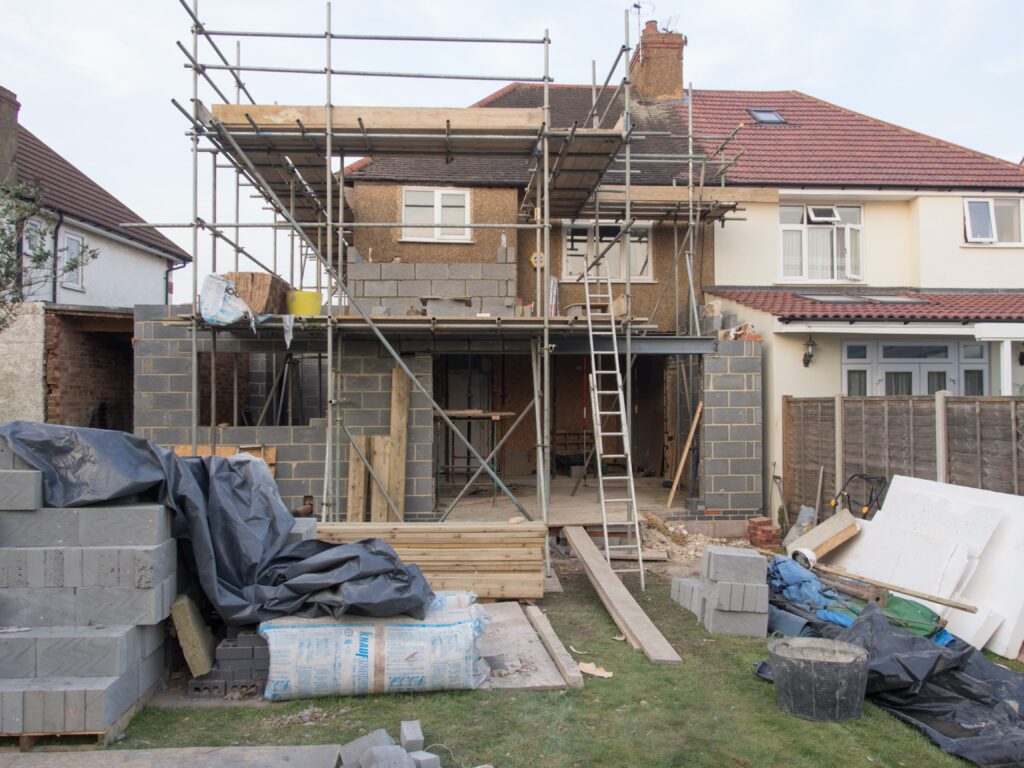In the landscape of homeownership, many individuals often find themselves contemplating ways to make their living spaces better, more comfortable, and more aesthetically appealing.
An increasingly popular method to finance these home improvements is by releasing equity in your home. But what does this process entail, and how can it benefit homeowners? This article delves deep into home equity, the mechanisms of releasing it, and the broader financial implications for those considering this route.
What is home equity and equity release?
One must first grasp what home equity is to understand the concept of releasing home equity for improvements. In simple terms, home equity is the difference between your home’s current market value and the amount you owe on your mortgage. As you make mortgage payments and your home’s value rises your home’s equity increases.
Equity release is the process of accessing and converting part of this value into cash, which can be used for various purposes, including home improvements.
What does that make home equity release?
When you’re releasing equity from your home, you’re tapping into the built-up value of your property without having to sell it. This can be particularly attractive for homeowners who’ve seen significant appreciation in their home values over the years and wish to benefit without relocating.
Step One – Compare Quotes
Before deciding on releasing equity for home improvements, comparing quotes and offerings from different financial institutions is crucial. Every lender will have varying terms, interest rates, and fees. The best way to ensure you get the most from your equity is to thoroughly research and compare the available options.
Can I release equity from my home for home improvements?
Absolutely. Releasing home equity for the specific purpose of home improvements is quite common in the UK. Many homeowners find it a practical way to finance renovations, which can increase the property’s value, making it a win-win situation.
What are the current UK housing market trends?
Data from the Office for National Statistics reveals that as of April 2023, the typical house price in the UK stood at £286,000. This valuation is £7,000 less than its zenith in September 2022 but marks an increase of £9,000 from the previous year. Within the year up to April 2023, there has been a 3.5% rise in average house prices. Breaking down by region, England witnessed an average house price of £306,000 (up by 3.7%), Wales at £213,000 (up by 2.0%), Scotland at £187,000 (also up by 2.0%), and Northern Ireland at £172,000, which experienced a significant 5.0% increase.
A surge in property valuation often correlates with an enhanced equity position, providing homeowners with an expanded financial scope for home renovations. Moreover, keeping abreast of housing market dynamics is prudent when deliberating on property investments.
How do you release equity to renovate?
Methods of releasing equity for home improvements:
1. Remortgage for home improvements:
This involves taking a new mortgage that is larger than your current one. The extra money borrowed can be used for renovations.
2. Second charge mortgage:
A separate loan where you use the equity in your home as security. It sits alongside your primary mortgage.
3. Lifetime mortgage (Reverse mortgage):
A loan secured against your home can be repaid once you pass away or move into long-term care. The amount borrowed, plus interest, is refunded from the property sale.
4. Home equity loan:
A lump sum loan using your equity as collateral. You repay the loan over a fixed period, usually at a fixed interest rate.
5. Home equity line of credit:
Like a credit card, it allows you to borrow against your equity as needed, up to a predetermined limit.
6. Secured loan:
A loan backed by an asset, usually your property. It’s separate from your mortgage and can be used for any purpose.
What are the pitfalls of equity release?
Releasing equity for home improvements might seem attractive, but there are potential drawbacks:
Negative equity:
If house prices fall, you might owe more than your home is worth.
Debts become unaffordable:
With some equity release methods, if you don’t keep up with payments or interest accumulates substantially, you might find the debt challenging to manage.
Is equity release a good idea?
It depends on individual circumstances. For some, the benefits of making immediate home improvements and potentially increasing the value of their property outweigh the risks. However, it’s essential to understand the terms and long-term implications.
How the value of home improvements can affect home equity
Quality home improvements can increase your property’s value. For instance, a well-executed kitchen or bathroom renovation can offer high returns on investment. This means that by releasing home equity for improvements, you’re potentially reinvesting in your property, leading to higher equity in the long run.
Other ways to fund home improvements:
1. Save: The most straightforward way. Accumulate funds over time and use savings for renovations.
2. Credit cards: Suitable for smaller projects, but be wary of high interest rates.
3. Home improvement loans: Unsecured loans specifically designed for home renovations.
4. Personal loan: A general-purpose loan that doesn’t use your home as collateral.
Free equity release help from Legacy Financial
Legacy Financial is dedicated to helping homeowners navigate the intricacies of releasing equity from their homes. The team can guide you through your equity release journey with expert advice, transparent discussions, and a commitment to your financial well-being.
Why not contact Legacy Financial Today?

